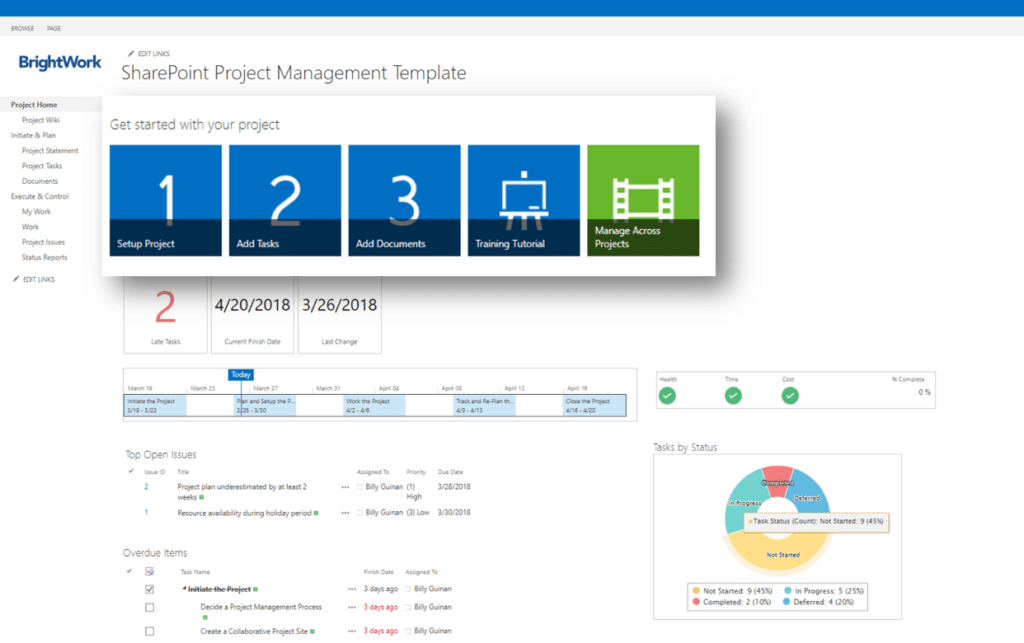

In knowledge management, technology plays second fiddle to people and the interactions between them. Knowledge Management Tools And Techniques

Preserving the expertise of departing employees is crucial for any organization, so take it seriously, or risk taking a big loss. In addition, ask them to highlight the potential pitfalls that may cause issues unless handled with care. If you are parting ways on good terms, the soon to be ex-employee will probably not refuse to create a document detailing the processes they were responsible for. While frontal learning will come in handy, you should try and have the leaving person’s knowledge committed to writing as well as communicated orally. Expertise is valuable, and you should strive to preserve every ounce of it once somebody gives you their notice. However, this doesn’t mean that you can’t or shouldn’t try and minimize the damage this will cause. Preserving The Expertise Of Employees Leaving The Company.Įmployee turnover is a fact of life, and even key personnel may leave for greener pastures. The contact information of the employee(s) who dealt with the issue so that them may be reached at short notice should the issue arise again.ĥ.How the issue was solved (if it was solved).You will be wise to make it a rule in your organization that as soon as an issue has been dealt with, the following data must be entered into your knowledge base: To that end, it is vital to preserve the information about the incident, as well as the steps taken to rectify it. Preserving Expertise Related To Solved Issues.Ĭompanies, like people, must learn from their errors and avoid pitfalls they’ve encountered before. Also, it is recommended for those seeking advice to clearly formulate their questions beforehand to save time. Best practice in this regard is to have every expert pick a day of the week and set some time aside for consulting at that day at a specific time (make sure to communicate this information to your employees).

Establishing rules that tell how and when the experts may be consulted will, on the one hand, give your employees access to superior expertise, and on the other, make sure that the experts can perform their main duties without constant interruption. In the previous article, we established that it is necessary to give your employees access to the foremost experts within your company. In these parts, we call this a “win-win”. This will make life much easier for those who are willing to put in the time to make knowledge management a success in your organization while at the same time ensuring that the information in your knowledge base is well-structured and consistent. The template should make it easy to understand what information should be displayed on every page, how the material should be structured, what fonts are to be used, how the text should be formatted, and so on. You will do well to create a template for adding new material to the knowledge base. However, keep in mind that the guidelines must help employees create and store knowledge, not stifle their enthusiasm. Ideally, every employee should have access to the knowledge management tools and be encouraged to contribute. Create guidelines for knowledge creation, communicate them to your employees, and make sure that they are followed. Make sure that any material that enters your knowledge base does so in an organized fashion. For example, giving employees some time off work every week so that they may think of what they had learned recently and commit it to writing is a good policy you may wish to implement. Adopt knowledge management practices and make them mandatory in the day-to-day operations of your company. General Company Policy Towards Knowledge Management.Ĭommunicate the importance of knowledge management and knowledge sharing to your employees. Company policy and procedures govern the way employees interact with each other and the organization itself, so if you are looking to adopt knowledge management both effectively and efficiently, here are some things you should know: 1. To ensure that knowledge in your company is properly created, stored, and used, it is paramount to implement the internal processes the right way. In addition, we will take a look at tools that are commonly used in organizations where knowledge management is practiced and valued. In this article, I would like to tell you about the processes and techniques associated with knowledge management. In the last installment, we looked at knowledge management, its constituent components, and the tasks it sets out to accomplish. Processes, Techniques, And Tools Of Knowledge Management


 0 kommentar(er)
0 kommentar(er)
